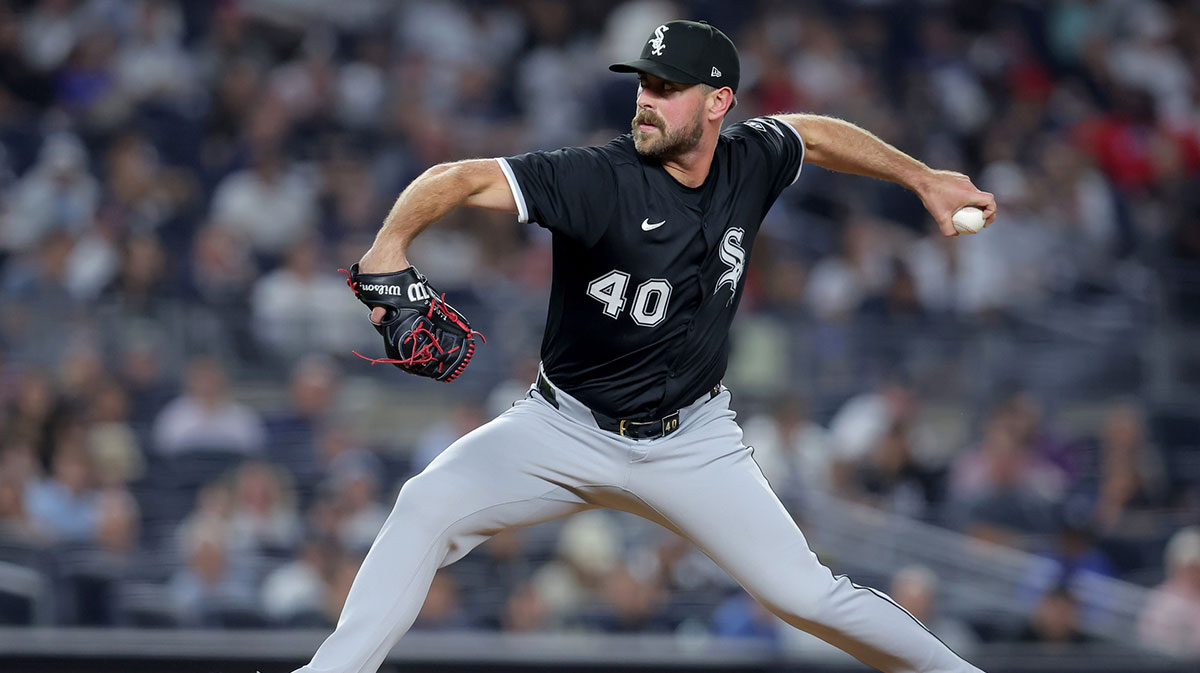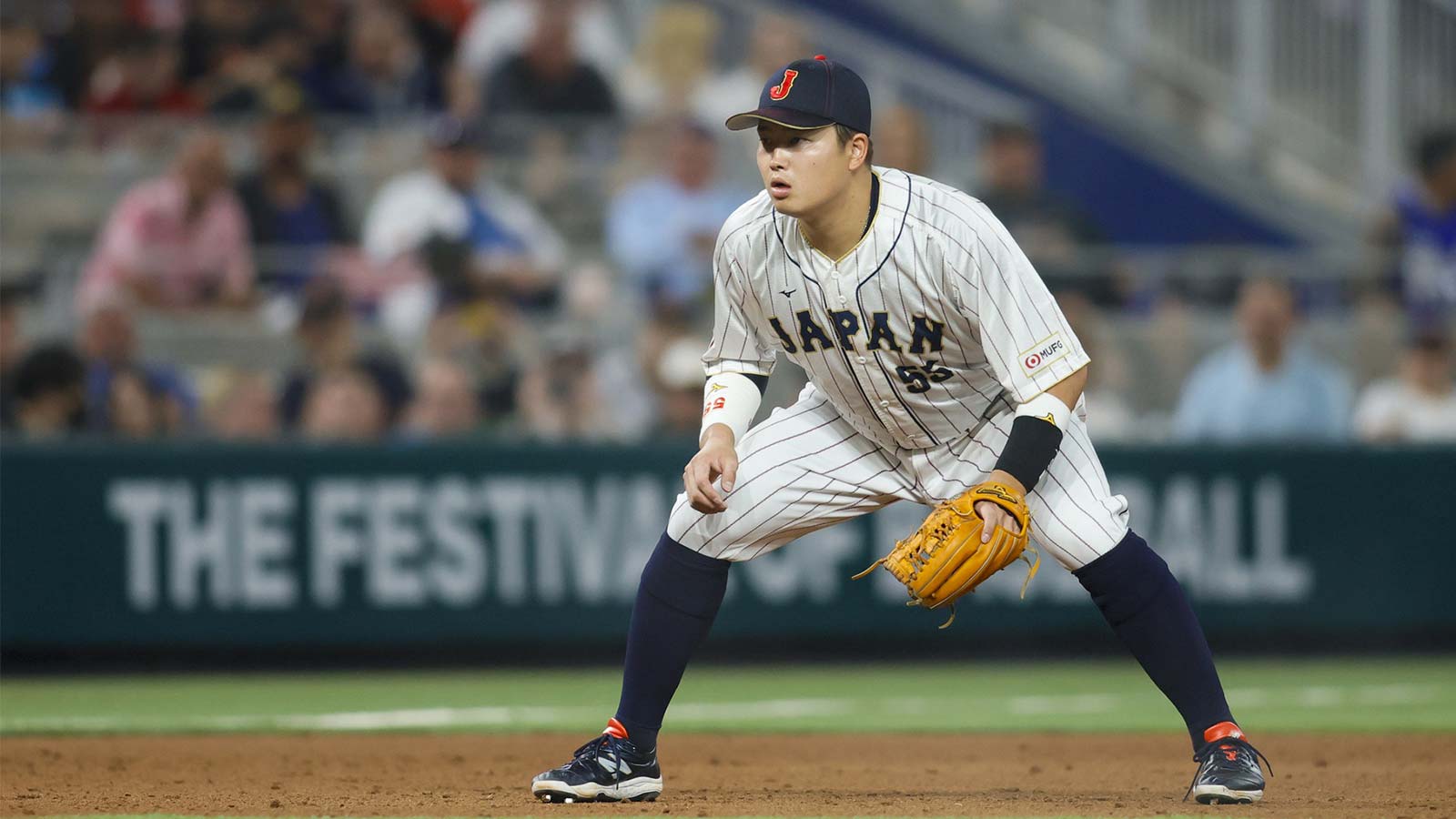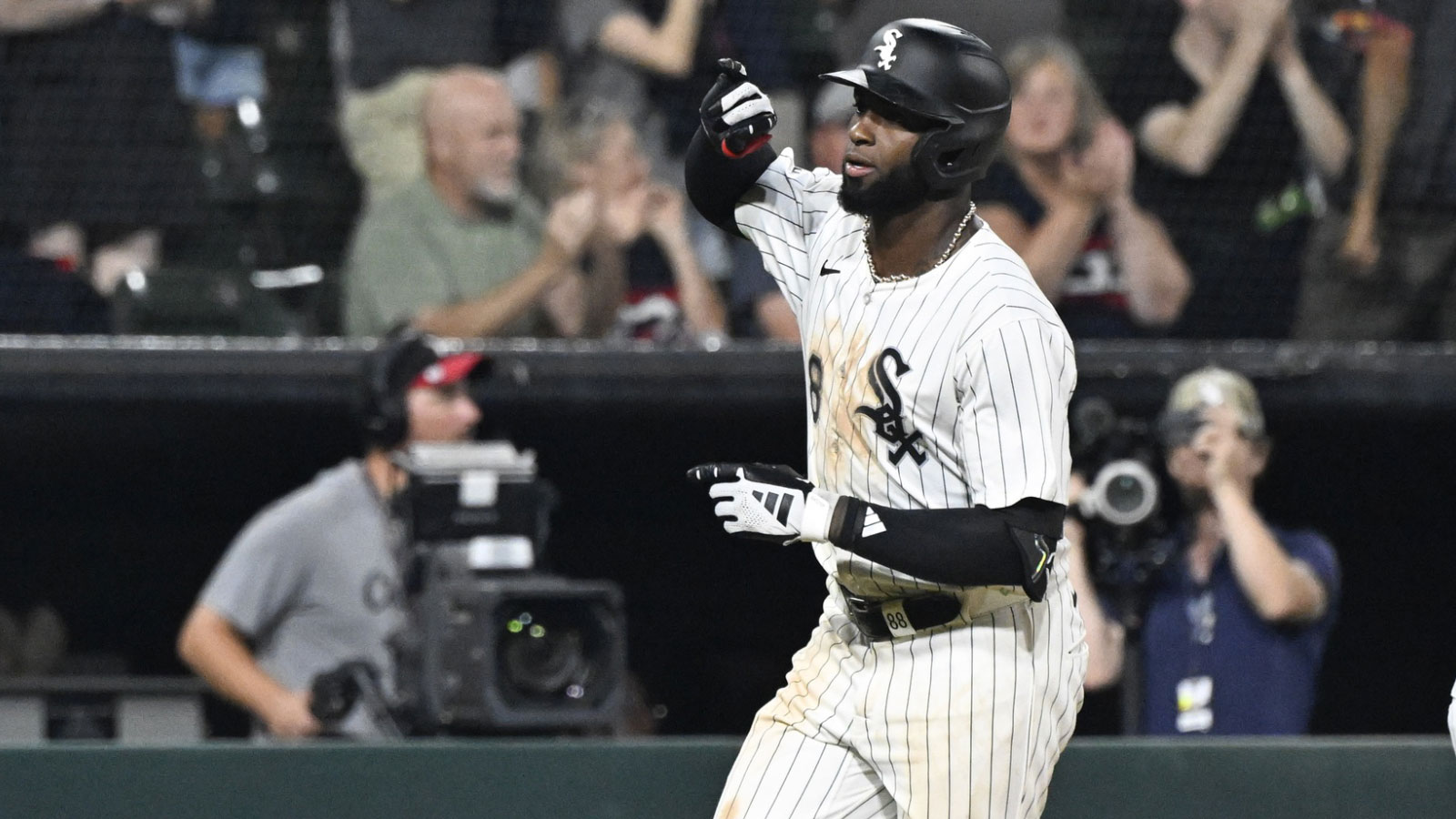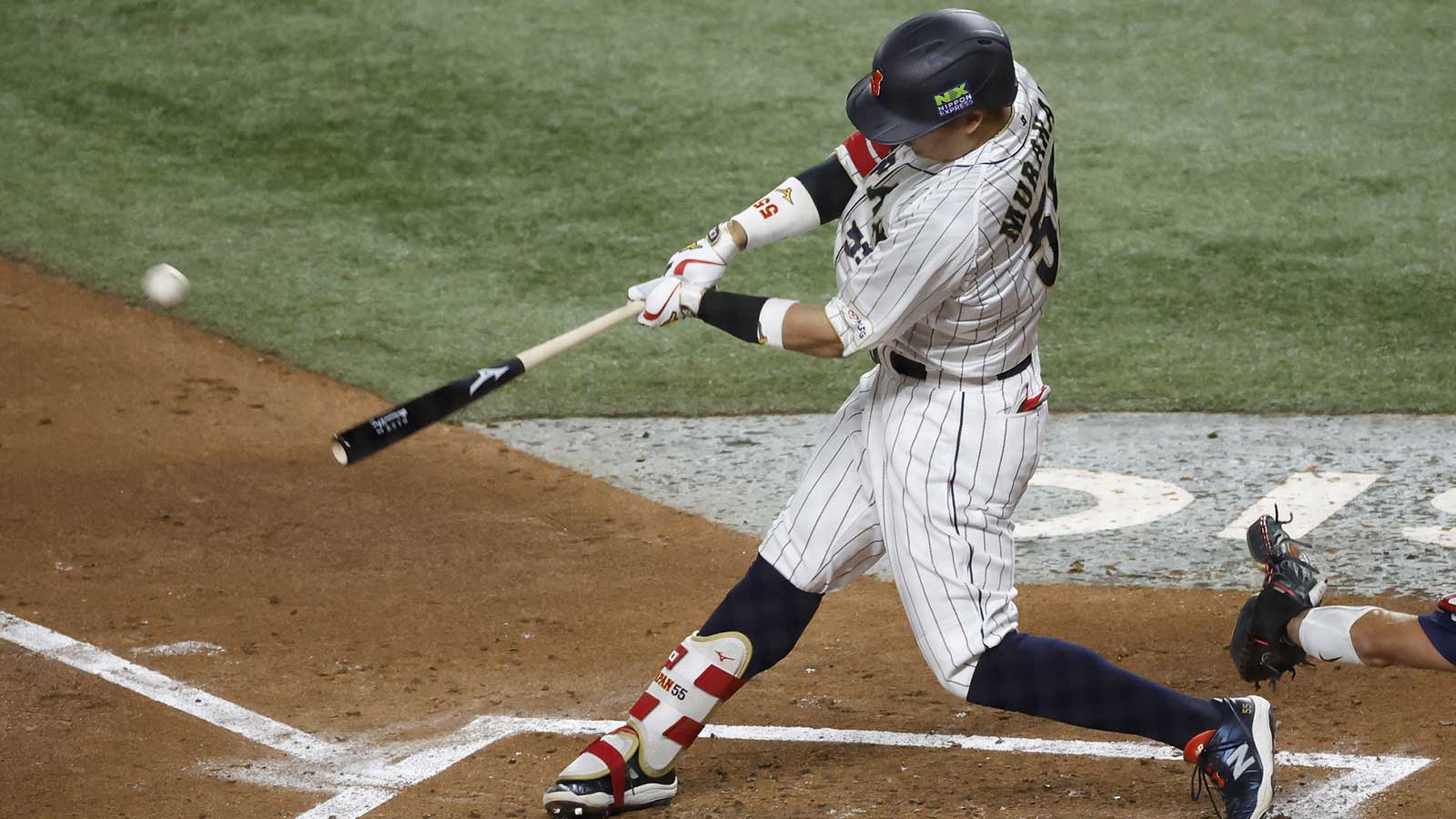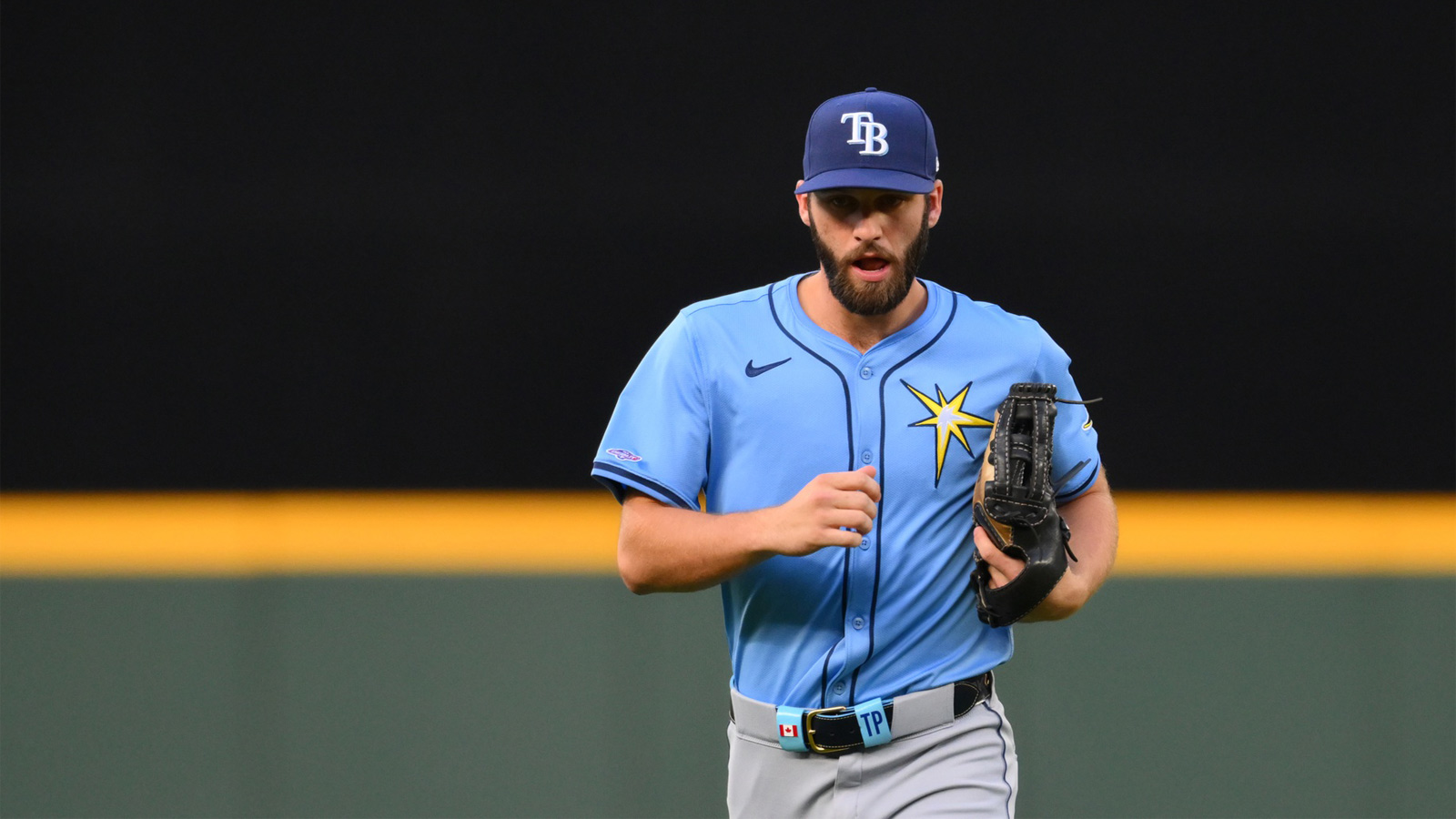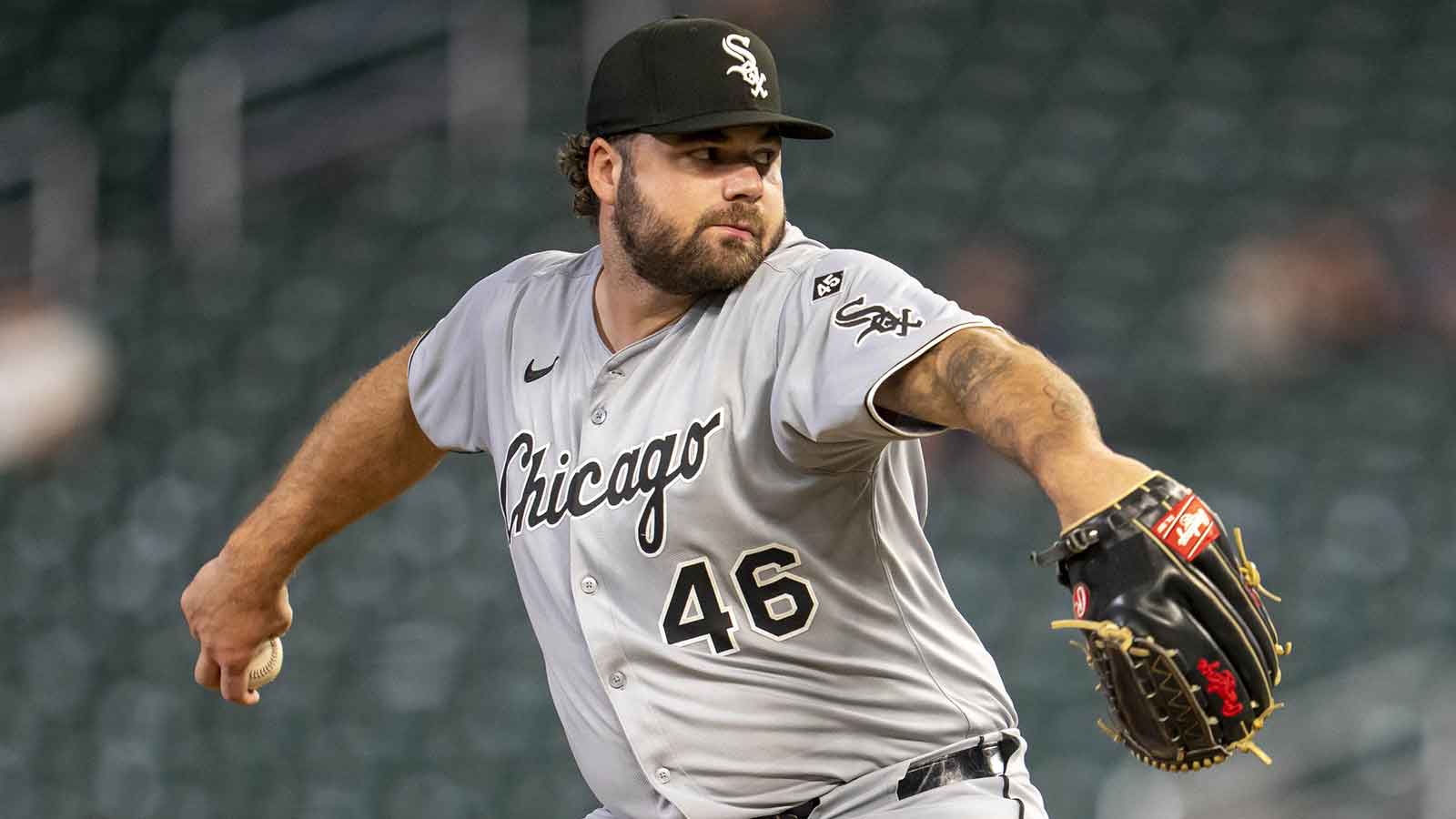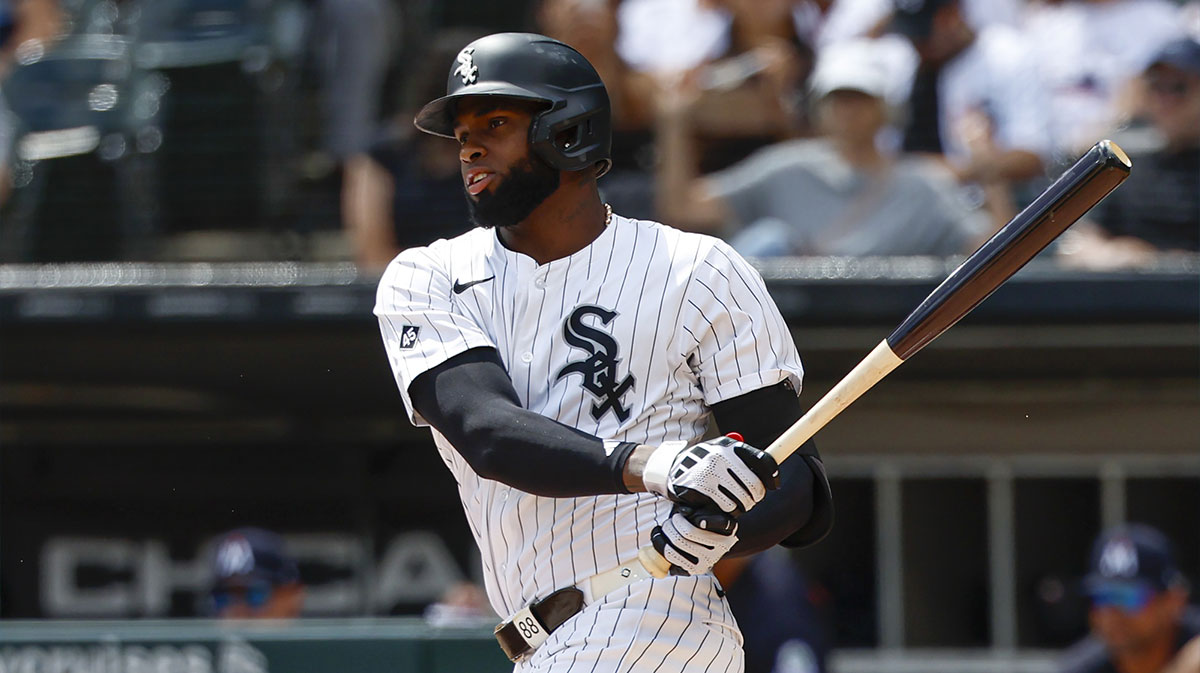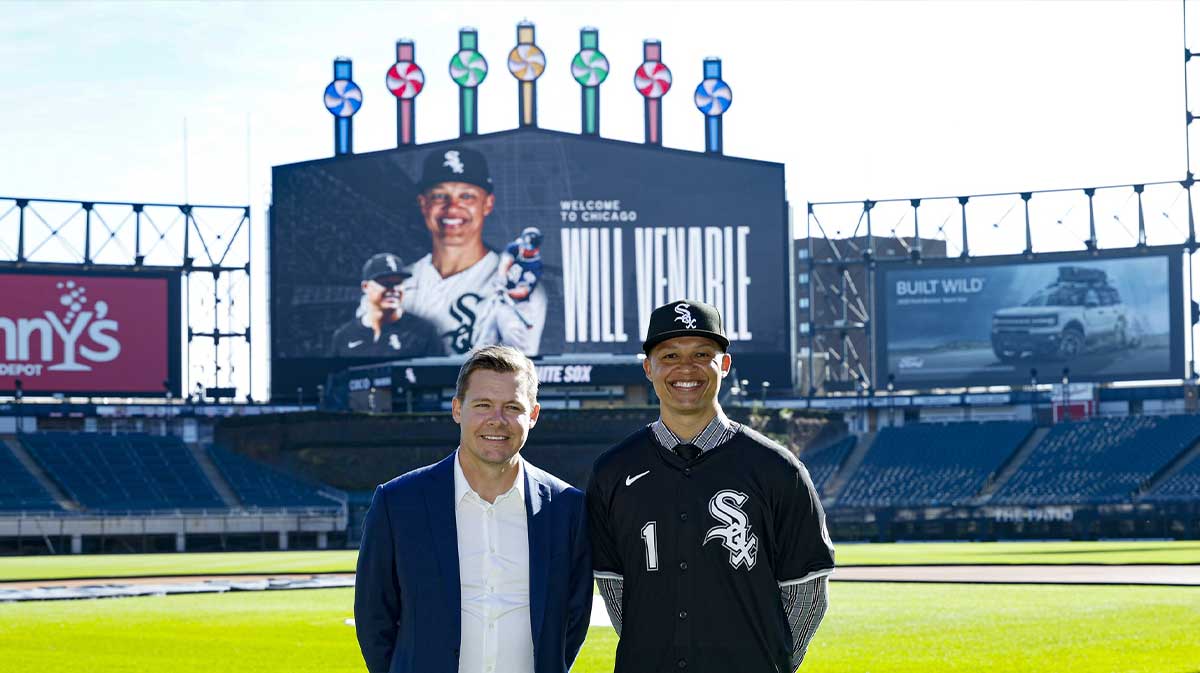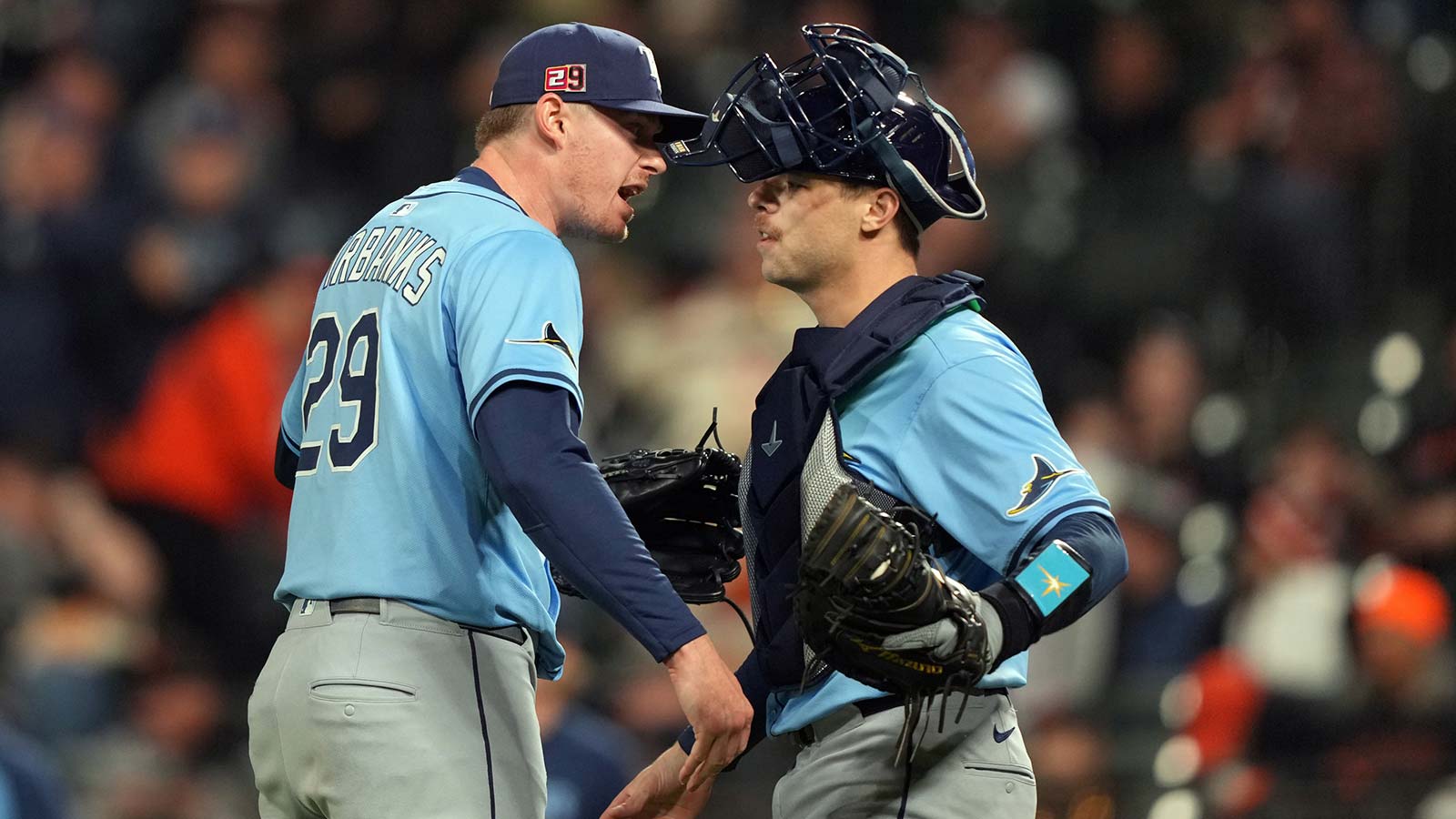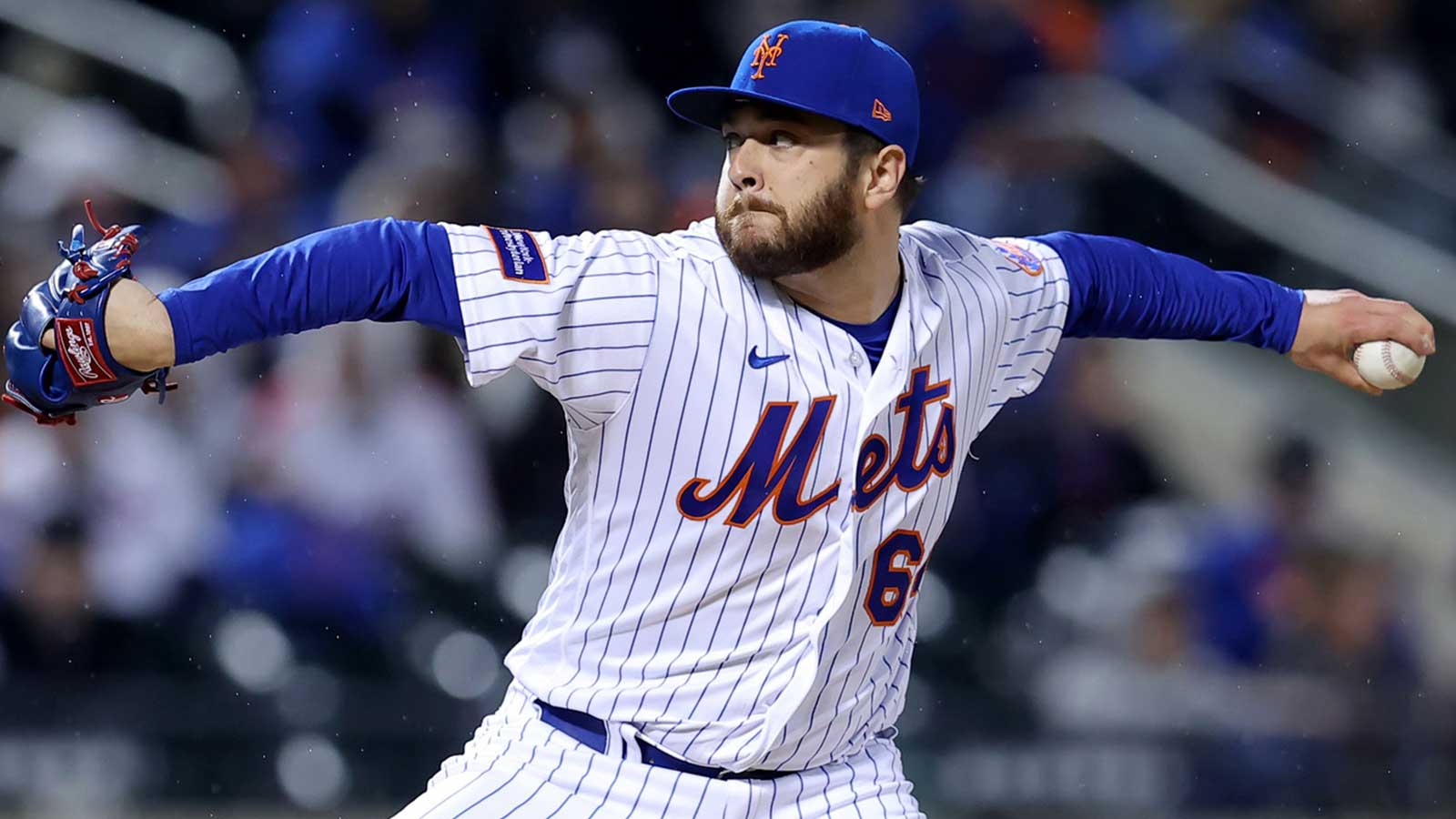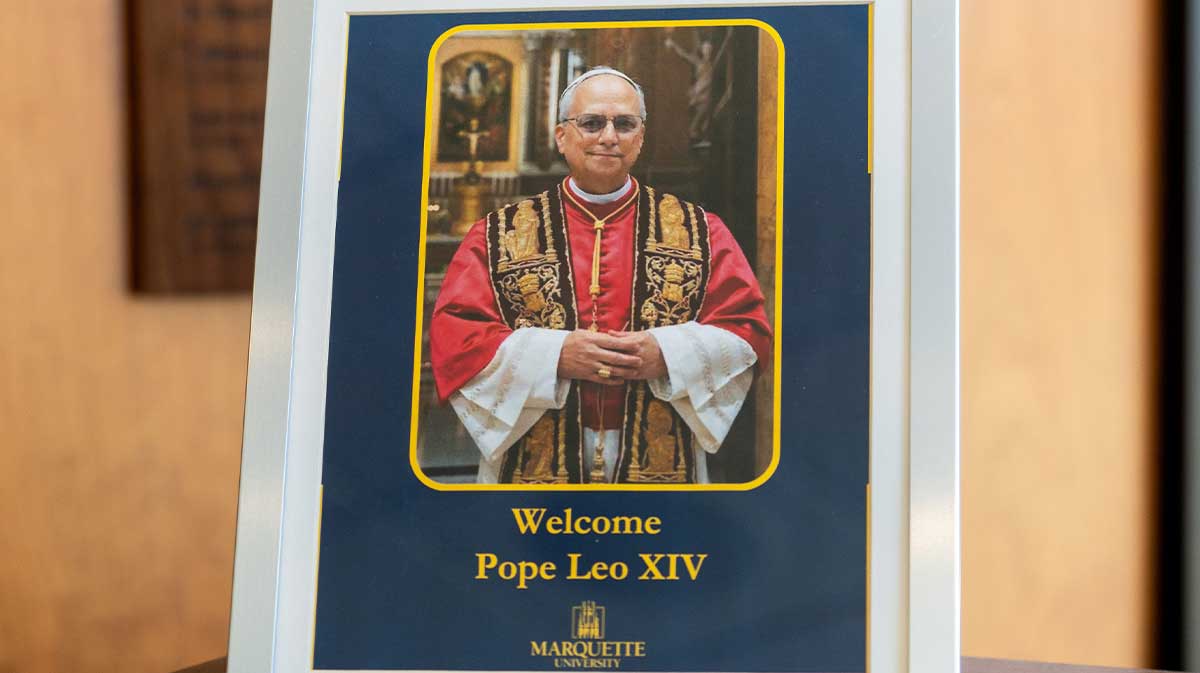The Chicago White Sox found themselves in a controversial spot Thursday when pitcher Tyler Gilbert had his glove inspected and confiscated by umpires during the fifth inning of a 5-3 loss to the New York Yankees. The incident drew immediate attention from fans and analysts across MLB.
Gilbert had just entered in relief for the White Sox and was checked for sticky substances under MLB rules. While crew chief Dan Bellino identified a suspicious spot inside the glove, officials ultimately allowed him to remain in the game. Speculation quickly followed across the White Sox news cycle, but the league offered a clear explanation.
According to MLB foreign substance rule 6.02(c), a player can only be ejected if the material is proven to be illegal or applied to the hand or body. Since no residue was found on Gilbert's hand and the substance couldn't be conclusively identified as illegal, umpires allowed him to pitch with a new glove.
Joel Sherman of the New York Post clarified MLB’s stance in a post on X (formerly known as Twitter) that addressed why the southpaw was not ejected.
According to MLB, crew chief Dan Bellino told them the umps could not determine if it was an illegal foreign substance in White Sox reliever Tyler Gilbert's glove when he came on to pitch in the 5th inning against the Yankees. It was not on the pitcher's hand. So they decided to toss the glove, but not the player.”
Gilbert remained in the game but allowed a bases-clearing double to Giancarlo Stanton, flipping the lead. His final line included 1.2 innings, one earned run, and three walks.
The White Sox, now sitting with a record of 58-101, are far from contention, but this moment added another twist to a frustrating year. For Gilbert, who owns a 4.01 ERA across 45 appearances in 2025, avoiding ejection prevented a 10-game suspension that would have hurt his standing entering arbitration.
The league’s careful enforcement drew comparisons to past cases like Max Scherzer’s ejection in 2023. Fans online debated fairness and consistency, especially with high-profile clubs involved.
Ultimately, this was a textbook example of MLB ejection rules at work—no confirmed illegal substance, no ejection. It was a moment that sparked headlines, but by the rulebook, umpires got it right.

